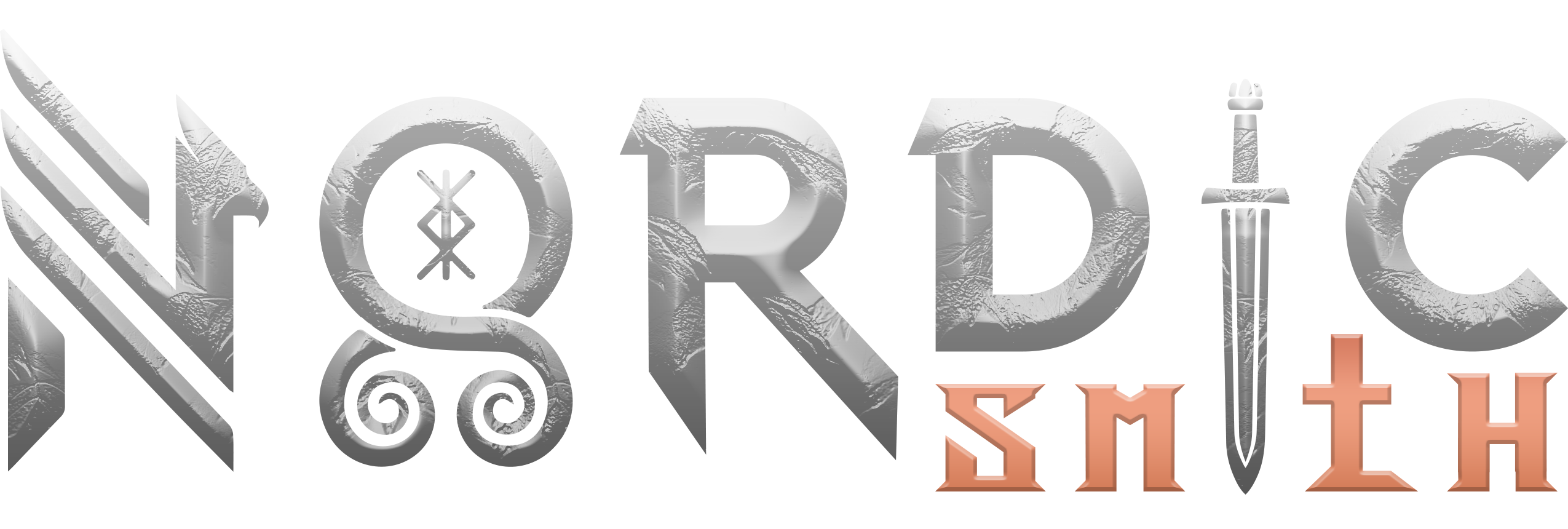Trial by combat was one of the most dramatic and brutal legal practices of the Middle Ages. When disputes could not be settled by conventional means, two opponents would fight to determine the will of God, believing that divine intervention would grant victory to the righteous. This blog explores the origins, rules, weapons, and famous duels of the medieval era.
Origins of Trial by Combat
The practice of trial by combat dates back to early Germanic and Frankish traditions, where disputes were often settled through physical contests. It became formalized in medieval European law and was commonly used to resolve issues of land ownership, honor, and criminal accusations.
Key Points:
- Popularized in the 9th and 10th centuries as part of Germanic law.
- Recognized in England after the Norman Conquest (1066) and remained legal until the 19th century.
- Common in feudal societies where judicial systems were less developed.
Rules and Rituals of the Duel
While trial by combat varied by region, several general customs were followed:
- Sworn Oaths: Both combatants had to swear their case before the duel commenced.
- Choice of Weapons: Depending on the legal system, combatants could fight with swords, maces, axes, or even their bare hands.
- Combat Grounds: Dueling took place in enclosed arenas, often with judges and spectators watching.
- Victory Conditions: A combatant won by either killing their opponent, forcing them to yield, or rendering them unable to continue.
In some cases, nobles were allowed to hire champions to fight on their behalf, while commoners often had to defend themselves.
Weapons and Armor Used in Combat
The weapons and armor used in trial by combat depended on the combatants' social status and the specific laws of the region.
Common Weapons:
- Longswords – Favored by knights and nobles.
- Maces and War Hammers – Effective against armored opponents.
- Axes – Used for their brute force.
- Quarterstaffs – Occasionally permitted for lower-class combatants.
Armor:
- Chainmail or plate armor for knights.
- Padded garments or leather armor for lower-ranked fighters.
Famous Duels in History
Several legendary duels have been recorded in medieval history:
- The Combat of Jean de Carrouges and Jacques Le Gris (1386): A famous French trial by combat where Carrouges fought to avenge his wife's honor.
- The Duel of Götz von Berlichingen: A German knight known for his mechanical hand, who fought in numerous duels.
- The Holmgang: A Scandinavian variation of trial by combat often fought on a small island or marked ground.
The Decline of Trial by Combat
By the late Middle Ages, trial by combat began to fade as judicial systems improved and the church discouraged violent legal resolutions. The last known judicial duel in England took place in 1818, marking the end of an era.
Conclusion: A Legacy of Honor and Violence
Trial by combat remains one of the most fascinating aspects of medieval law, blending notions of justice, divine judgment, and martial skill. Though no longer practiced, it continues to capture the imagination through literature, film, and historical reenactments.
At Nordic Smith, we celebrate medieval history by offering high-quality swords, armor, and collectibles inspired by legendary duels. Explore our collection and bring the spirit of the Middle Ages to life!





